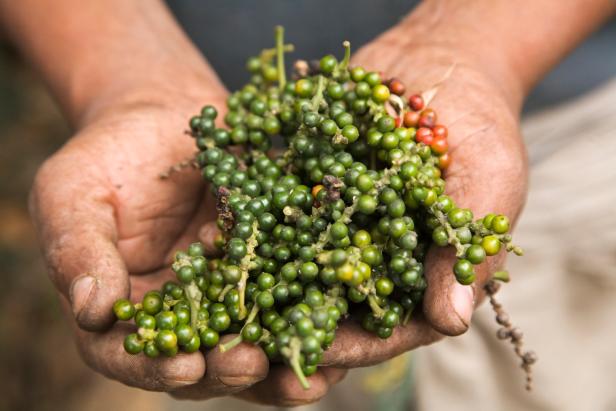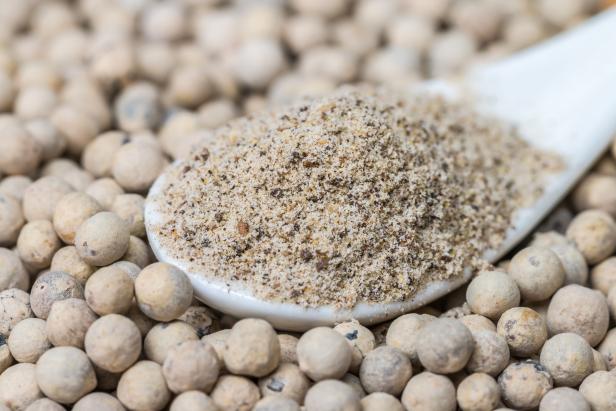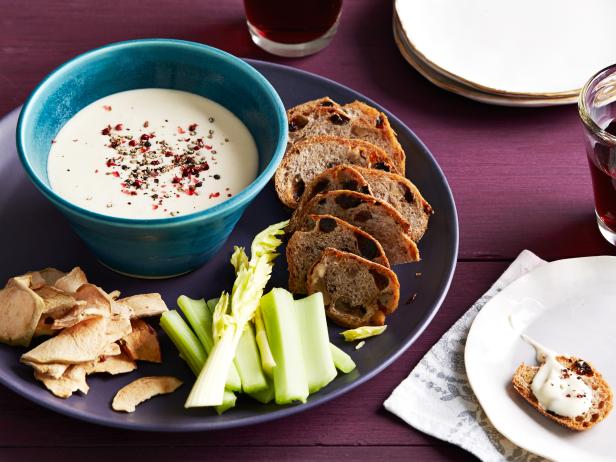White Pepper& Black Pepper.

Black and white peppers are related to the same plant, but due to the drying process, they have distinct flavors and appearances.
Origin
Both black and white pepper are made from the fresh berries of the South and Southeast Asian native piper nigrum pepper vine. Peppers come in two kinds; both have the inside pit, which contains the antioxidant piperine. Piperine provides heat or a spicy taste by activating our tongue’s temperature receptors.
Appearance
Frisch states that “the majority of the other savory and sweet flavors originate from the pepper fruit, which wrinkles and turns dark as it ripens, giving black pepper its black appearance.”
The removal of the white pepper’s skin before it dries explains the variance in color.
Flavor
Black pepper is typically hotter than white pepper, which has a more earthy flavor. This is so that the skins of white pepper, which can range in flavor from mild to vile, can be removed by soaking them in water for a certain amount of time.
According to Frisch, geography, varietal, and agricultural techniques can also have an impact on taste variations. For example, our Zanzibar Black Pepper is not like other black peppers; it grows mostly wild in the jungle and has a sandier, dryer texture than most. The plant strains to survive as a result, which gives the pepper its intense flavor. It has a powerful heat and smells like lemon zest.

On a central stalk, what and black pepper are produced in little bunches that resemble grapes. According to Frisch, each of the little white blooms on the stalk is pollinated by raindrops and grows into a single pepper. Since pepper is a climbing vine, the best pepper farms cultivate their crops on tall, thin trees. Lower-quality pepper is grown by climbing concrete poles or stacks of cinderblocks.
Similar to tomatoes, all peppers start out green and turn orange and red as they get older. The vast majority of commodity peppers, black and white, are picked before they reach full ripeness because the harsher flavor last longer. Frisch suggests selecting peppers that are fully ripe for a more nuanced, multifaceted, and delicious flavor.
Black pepper is derived from green peppers. Farmers use either mechanical or solar methods to desiccate the immature fruit. As a result, their outer skin puckers and darkens. The majority of the black pepper used globally is produced in Vietnam.

Peel the fruit before using it to extract white pepper. According to Frisch, there are two main traditions surrounding white pepper: “the European tradition, which is primarily about color rather than flavor, and the Southeast Asian and Cantonese tradition, where the fruit of the pepper is used to ferment the pit for a much more savory, umami flavor.” He goes on to state that in both cases, the fresh pepper, which is often green or almost maturing, is submerged in water to remove the skin. Like the stinky, fermented white pepper Burlap & Barrel gets from Banka Island in Indonesia, the fresh peppercorns are steeped for a few days or up to a few weeks, as is typical in Europe.
Both black and white peppers contain piperine, an antioxidant that imparts a fiery or hot flavor to food. It is said that piperine improves blood circulation and reduces inflammation. Frisch states that piperine is “particularly effective as an enhancer of nutrient bioavailability.” It maximizes the beneficial micronutrients found in other foods by enabling us to absorb more of them. He points out that the reason turmeric and black pepper are often combined in recipes or supplements is because piperine helps the body absorb as much curcumin as possible from turmeric.

White pepper is a great addition to starches like rice porridge and mashed potatoes, as well as savory, creamy-based recipes. According to Frisch, it goes nicely with nutmeg and ginger in savory recipes, kind of like a French four-spice blend. It is frequently used in dishes with light colors or white ingredients, like cream sauce, where the flavor of pepper is preferred over its look.
Use fermented white pepper if you can find it; it gives food a beautiful umami and rich flavor. “Fermented white pepper can be used as an umami booster, especially in vegan alternatives to traditional dairy dishes, as it shares a flavor profile with ingredients like miso, fermented soybeans, certain dried cheeses, and nutritional yeast.”
These Steamed Black Bean Spareribs have fermented overtones that are accentuated by the addition of fermented white pepper. In these Vegan Stuffed Peppers, replace the black pepper with white pepper for an additional umami boost. White pepper and other mixed peppercorns enhance the flavor of vegan cheese substitutes like this Vegan Peppercorn Chevre as well as traditional dairy recipes like this Honey Peppercorn Brie Dip (seen above).
Frisch says that the best substitute for white pepper is taste-adjusted black pepper. Furthermore, he suggests experimenting with nutmeg and crushed ginger as possible replacements for white pepper.
